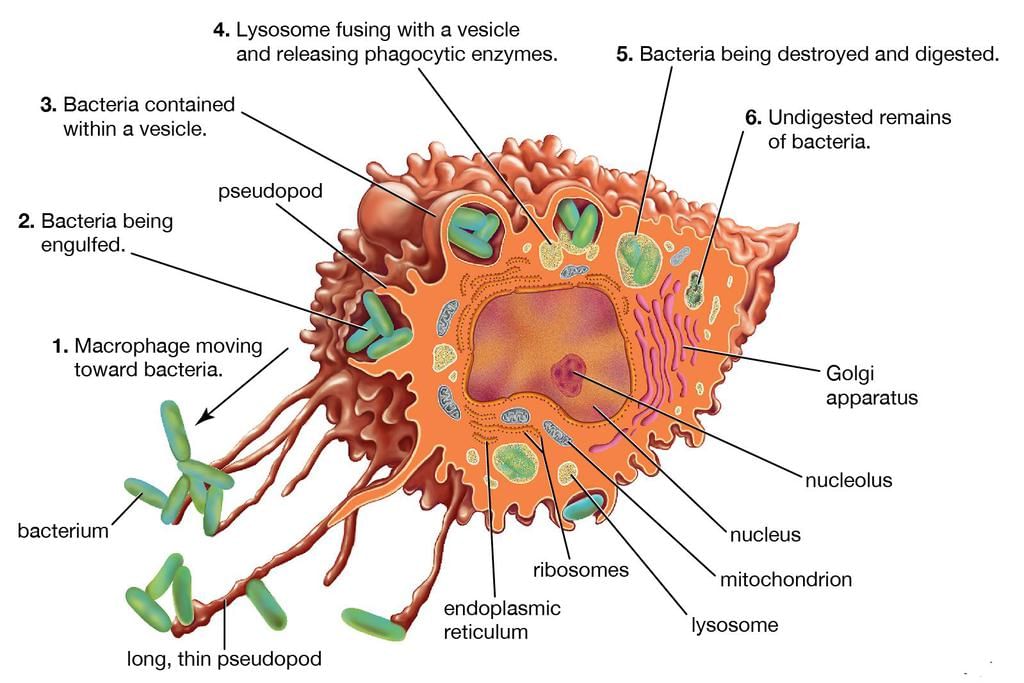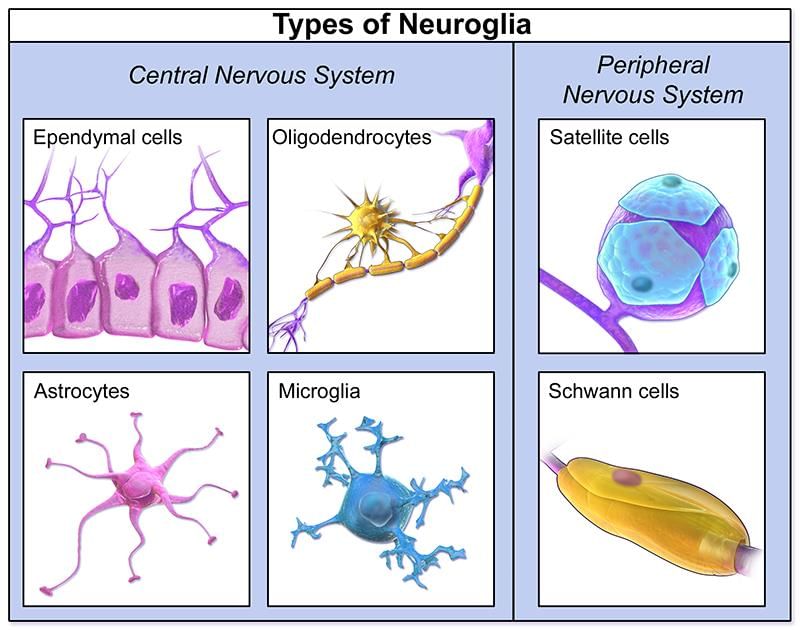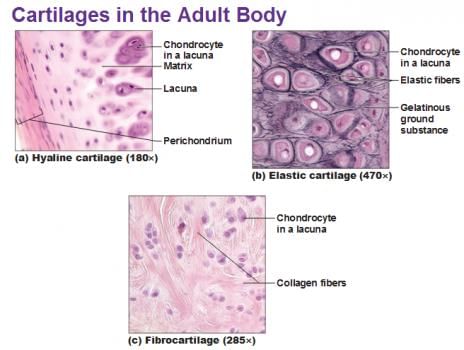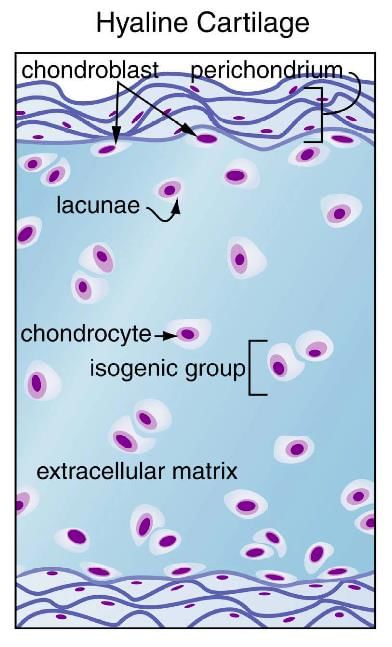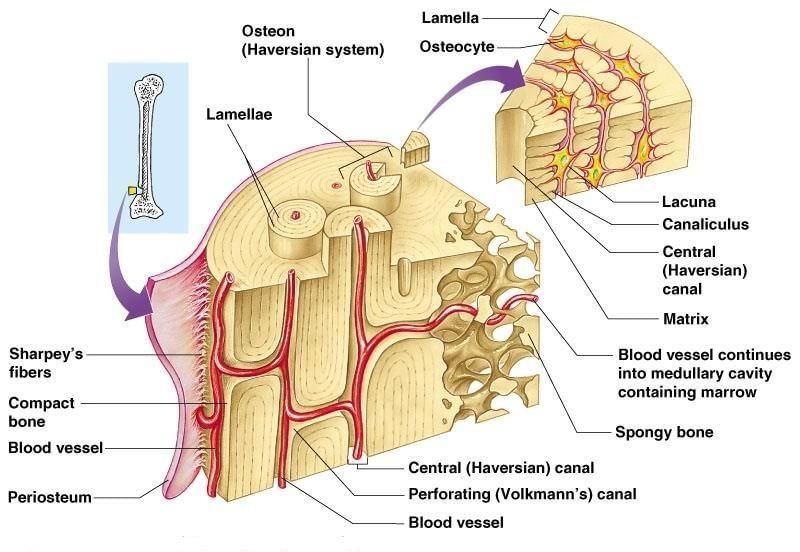Grade 11 Exam > Grade 11 Tests > Test: Connective Tissue - 3 - Grade 11 MCQ
Test: Connective Tissue - 3 - Grade 11 MCQ
Test Description
30 Questions MCQ Test - Test: Connective Tissue - 3
Test: Connective Tissue - 3 for Grade 11 2025 is part of Grade 11 preparation. The Test: Connective Tissue - 3 questions and answers have been prepared
according to the Grade 11 exam syllabus.The Test: Connective Tissue - 3 MCQs are made for Grade 11 2025 Exam.
Find important definitions, questions, notes, meanings, examples, exercises, MCQs and online tests for Test: Connective Tissue - 3 below.
Solutions of Test: Connective Tissue - 3 questions in English are available as part of our course for Grade 11 & Test: Connective Tissue - 3 solutions in
Hindi for Grade 11 course.
Download more important topics, notes, lectures and mock test series for Grade 11 Exam by signing up for free. Attempt Test: Connective Tissue - 3 | 30 questions in 30 minutes | Mock test for Grade 11 preparation | Free important questions MCQ to study for Grade 11 Exam | Download free PDF with solutions
Detailed Solution for Test: Connective Tissue - 3 - Question 1
Detailed Solution for Test: Connective Tissue - 3 - Question 2
Detailed Solution for Test: Connective Tissue - 3 - Question 3
Detailed Solution for Test: Connective Tissue - 3 - Question 4
Detailed Solution for Test: Connective Tissue - 3 - Question 5
Detailed Solution for Test: Connective Tissue - 3 - Question 6
Detailed Solution for Test: Connective Tissue - 3 - Question 7
Detailed Solution for Test: Connective Tissue - 3 - Question 8
Detailed Solution for Test: Connective Tissue - 3 - Question 9
Detailed Solution for Test: Connective Tissue - 3 - Question 10
Detailed Solution for Test: Connective Tissue - 3 - Question 11
Detailed Solution for Test: Connective Tissue - 3 - Question 12
Detailed Solution for Test: Connective Tissue - 3 - Question 13
Detailed Solution for Test: Connective Tissue - 3 - Question 14
Detailed Solution for Test: Connective Tissue - 3 - Question 15
Detailed Solution for Test: Connective Tissue - 3 - Question 16
Detailed Solution for Test: Connective Tissue - 3 - Question 17
Detailed Solution for Test: Connective Tissue - 3 - Question 18
Detailed Solution for Test: Connective Tissue - 3 - Question 19
Detailed Solution for Test: Connective Tissue - 3 - Question 20
Detailed Solution for Test: Connective Tissue - 3 - Question 21
Detailed Solution for Test: Connective Tissue - 3 - Question 22
Detailed Solution for Test: Connective Tissue - 3 - Question 23
Detailed Solution for Test: Connective Tissue - 3 - Question 24
Detailed Solution for Test: Connective Tissue - 3 - Question 25
Detailed Solution for Test: Connective Tissue - 3 - Question 26
Detailed Solution for Test: Connective Tissue - 3 - Question 27
Detailed Solution for Test: Connective Tissue - 3 - Question 28
Detailed Solution for Test: Connective Tissue - 3 - Question 29
Test: Connective Tissue - 3 - Question 30
Blood colloidal osmotic pressure mainly maintained by which plasma protein:
Detailed Solution for Test: Connective Tissue - 3 - Question 30
Information about Test: Connective Tissue - 3 Page
In this test you can find the Exam questions for Test: Connective Tissue - 3 solved & explained in the simplest way possible.
Besides giving Questions and answers for Test: Connective Tissue - 3, EduRev gives you an ample number of Online tests for practice
Download as PDF


